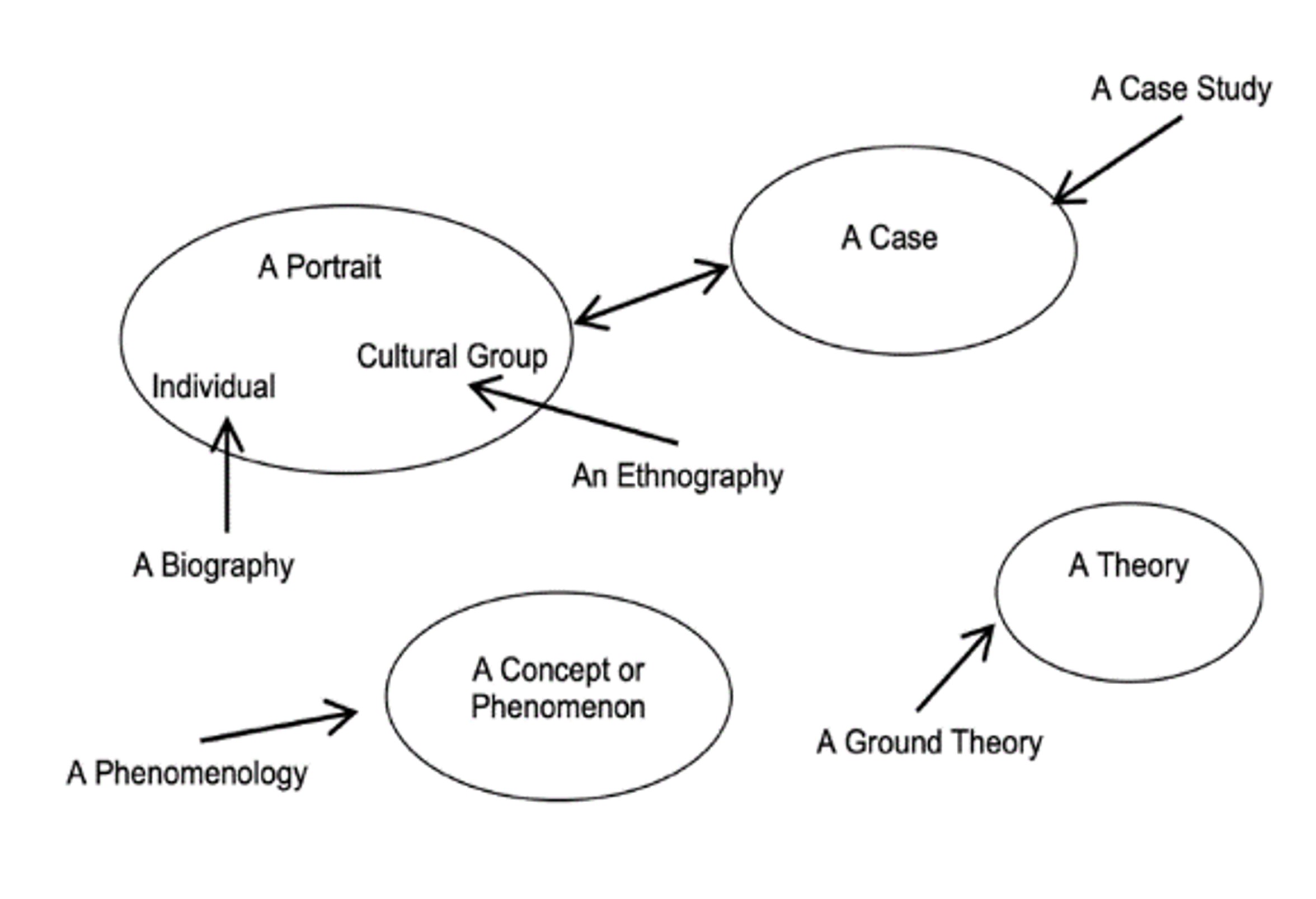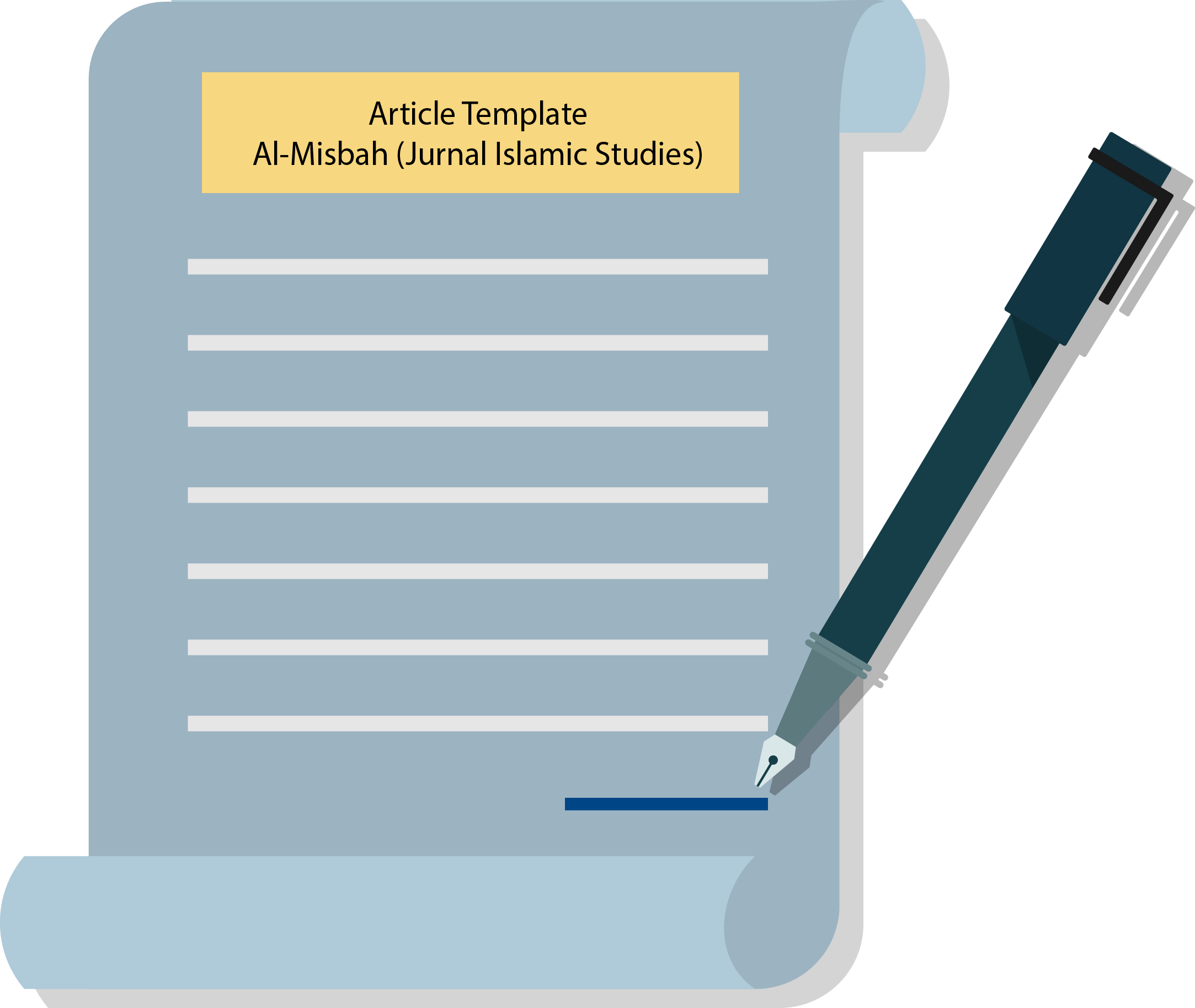Piety and commercialization da’wah: the influence of Hanan Attaki's Kajian on young urban muslims in Indonesia
DOI:
https://doi.org/10.26555/almisbah.v12i1.9951Keywords:
Piety, Commerzialisation, Da'wa, Hanan Attaki, Kajian, Young MuslimAbstract
Urban youth's growing piety and social media's expansion are intertwined, as shown by the resurgence of influential relocated people. Modern youngsters are disinterested in religious theology and prefer digital preachers who can answer their inquiries quickly. This has changed youth religion, which the media business has exacerbated. Thus, some renowned da'i, notably in Indonesia, use the internet to spread da'wah. Hanan Attaki, a famous preacher, often addresses youth issues on social media. Mental health, loneliness, future fear, and sin remorse are common concerns. This study aims to analyze piety and commercialization of da’wah which is Hanan Attaki’s case in kajian towards young urban Muslims in Indonesia. This research uses a qualitative case study method and literature review as an additional reference. Data collection using interview and documentation techniques such as journal articles, books, and information from the internet as secondary resources. The result of this study the success in commercializing Ustadz Hanan Attaki's influence preaching can be categorized as first, branding suitable for young people's da'i, second, specialization, such as his being an expertise in da’wa from his education journey, and third, building social contacts, which is a process where media and technology can penetrate geography such as social media or internet.
References
Creswell, J. W., & Poth, C. N. (2016). Qualitative inquiry and research design: Choosing among five approaches. Sage publications.
DetikJatim, T. (2023). Biodata dan Profil Ustaz Hanan Attaki yang Dibaiat Jadi Warga NU.
Fajrin, Sitka Farahita; Suherman, M. (2020). Hubungan antara Ethos Ustadz Hanan Attaki dengan Pemahaman Materi Dakwah pada Anggota Sisterfillah Bandung. Prosiding Hubungan Masyarakat, SPeSIA UNISBA, 6(1), 88–89. https://doi.org/http://dx.doi.org/10.29313/.v0i0
Farida, T. (2023). Wawancara Pembeli Tiket Kajian UAH sesi pagi di Semarang.
Fealy, G., & White, S. (2008). Expressing Islam: Religious life and politics in Indonesia. In Expressing Islam: Religious Life and Politics in Indonesia.
Hoesterey, J. B. (2015). Rebranding Islam: Piety, Prosperity, and a Self-Help Guru. Stanford University Press.
Husein, F., & Slama, M. (2018). Online piety and its discontent: revisiting Islamic anxieties on Indonesian social media. Indonesia and the Malay World, 46(134). https://doi.org/10.1080/13639811.2018.1415056
Husna, A. (2019). Komodifikasi Agama: Pergeseran Praktik Bisnis dan Kemunculan Kelas Menengah Muslim. Jurnal Komunikasi Global, 7(2). https://doi.org/10.24815/jkg.v7i2.12050
Husnudldlon, A. I. (2022). Tren Dakwah dan Praktik Komodifikasi Agama di Mayantara: Studi Aplikasi Islami Umma. Panangkaran: Jurnal Penelitian Agama Dan Masyarakat, 6(1).
Inderasari, E., Lestari, B., & Achsani, F. (2020). Penggunaan Bahasa Dakwah Ustaz Hanan Attaki di Media Sosial Instagram. Jalabahasa, 15(1). https://doi.org/10.36567/jalabahasa.v15i1.315
Indonesia, C. (2023). Hanan Attaki Resmi Bergabung ke NU.
Ja’far, A. (2020). Digital Piety and the Transformation of Political Activism of Youth Hijrah Movement. Al-Tahrir: Jurnal Pemikiran Islam, 20(2). https://doi.org/10.21154/altahrir.v20i2.2172
Jansen, Y. (2011). Postsecularism, piety and fanaticism. Philosophy & Social Criticism, 37(9), 977–998. https://doi.org/10.1177/0191453711416083
Juliansyahzen, M. I. (2023). Ideologization of Hijrah in Social Media: Digital Activism, Religious Commodification, and Conservative Domination. Millah: Journal of Religious Studies, 155–180. https://doi.org/10.20885/millah.vol22.iss1.art6
Kamillah, Aulia Nur; Fitri, Ahmad Asrof; AR, M. N. K. (2023). Strategi Komunikasi Ustadz Hanan Attaki dalam Berdakwah di Channel Youtube dengan Tema “Muslim Gaul, Emang Ada?” Jurnal Pendidikan Tambusai, 7(1). https://doi.org/https://doi.org/10.31004/jptam.v7i1.5479
Khoiru Nisa, R. L., Fitri, A. A., Abdurrazaq, M. N., & Sulistyani, A. (2023). Peran akun instagram ustadz Hanan Attaki dan efektivitasnya sebagai media dakwah ditinjau dari teori jarum hipodermik. Journal of Islamic Studies, 1(2), 198–213. https://doi.org/10.61341/jis/v1i2.017
Kitiarsa, P. (Ed.). (2007). Religious Commodifications in Asia. Routledge. https://doi.org/10.4324/9780203937877
Lewis, R. (Ed.). (2013). Modest Fashion. I.B. Tauris. https://doi.org/10.5040/9780755694181
Mahmood, S. (2011). Politics of piety: The Islamic revival and the feminist subject. Princeton University Press.
Makiah, Z., Hasan, N., Aisyah, L., & Sodiqin, A. (2022). A convergence in a religion commodification and an expression of piety in halal certification. Khazanah: Jurnal Studi Islam Dan Humaniora, 20(2), 153. https://doi.org/10.18592/khazanah.v20i2.7113
MD, M. M. K. (2023). Transformative shifts in religious affiliation: analyzing social responses to Ustaz Hanan Attaki’s transition from individual authority to Nahdlatul Ulama (NU) membership in Indonesia. Jurnal Sosiologi Reflektif, 18(1), 109. https://doi.org/10.14421/jsr.v18i1.2963
Mosco, V. (2009). The Political Economy of Communication. In Second Edition (p. 280). Queen’s University, Canada.
Muthohirin, N. (2021). Da’wa in Social Media: The Views of Ustad Hanan Attaki and Felix Siauw to The Hijrah Phenomenon. Afkaruna: Indonesian Interdisciplinary Journal of Islamic Studies, 17(2). https://doi.org/10.18196/afkaruna.v17i2.12671
Parhan, M., Riezky, P. A., Alifa, S., & Riezky Sarah Alifa, P. (2020). Analisis metode baru dakwah Hanan Attaki di era konvergensi media:Studi Deskriptif Pada Akun Instagram @Hanan_Attaki. Komunida: Media Komunikasi Dan Dakwah, 10.
Pepinsky, T. B., Liddle, R. W., & Mujani, S. (2018). Piety and Public Opinion (Vol. 1). Oxford University Press. https://doi.org/10.1093/oso/9780190697808.001.0001
Pusat Pengkajian Islam dan Masyarakat (PPIM) UIN Jakarta. (2021). Tren keberagamaan gerakan hijrah kontemporer.
Saputra, E., & Triantoro, D. A. (2021). Urban muslim youth, pengajian communities and social media: fragmentation of religious authorities in Indonesia. Al-Qalam, 27(2), 335. https://doi.org/10.31969/alq.v27i2.1004
Scharffs, Brett G.; Clark, Elizabeth; Baughman, S. B. (2005). Religious Monopolies and the Commodification of Religion. Pepperdine Law Review, 32.
Sinha, V. (2011). Religion and Commodification. Routledge. https://doi.org/10.4324/9780203842799
Sunaryanto, S., Rizal, S., & Zulkifli, Z. (2022). Religious Bourgeois Lifestyle of Celebrity Hijrah: Reading the Resurrection of the Muslim Middle Class Based on Cultural Imperalism and Global Economic Factors. MUHARRIK: Jurnal Dakwah Dan Sosial, 5(1). https://doi.org/10.37680/muharrik.v5i1.1209
Suryana, D., & Handoko, T. (2023). Islamic Commodification in Representation of Political Development in Indonesia: A Systematic Literature Review. Hayula: Indonesian Journal of Multidisciplinary Islamic Studies, 7(1), 51–76. https://doi.org/10.21009/hayula.007.01.04
Wildan, M., & Witriani, W. (2021). Popular Piety in Indonesia: “Aestheticization” and Reproduction of Islam. Ilahiyat Studies, 12(2), 213–236. https://doi.org/10.12730/13091719.2021.122.227

Downloads
Published
How to Cite
Issue
Section
License
Copyright (c) 2024 Syamsul Haq

This work is licensed under a Creative Commons Attribution-ShareAlike 4.0 International License.
Authors who publish with Al-Misbah agree to the following terms:
- Authors retain copyright and grant the journal right of first publication with the work simultaneously licensed under a Creative Commons Attribution License (CC BY-SA 4.0) that allows others to share the work with an acknowledgment of the work's authorship and initial publication in this journal.
- Authors are able to enter into separate, additional contractual arrangements for the non-exclusive distribution of the journal's published version of the work (e.g., post it to an institutional repository or publish it in a book), with an acknowledgment of its initial publication in this journal.
- Authors are permitted and encouraged to post their work online (e.g., in institutional repositories or on their website) prior to and during the submission process, as it can lead to productive exchanges, as well as earlier and greater citation of published work.

This work is licensed under a Creative Commons Attribution-ShareAlike 4.0 International License.



